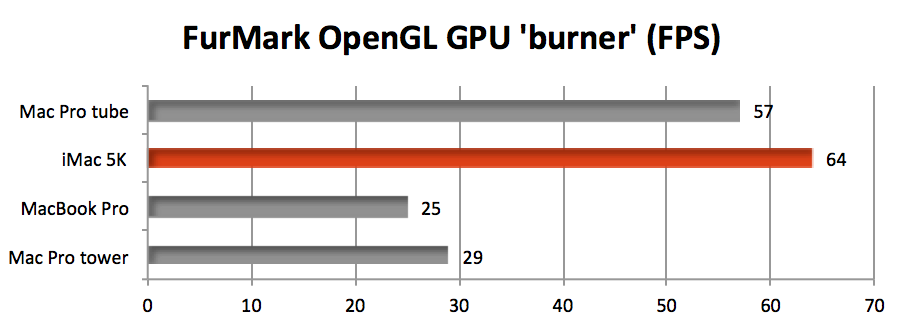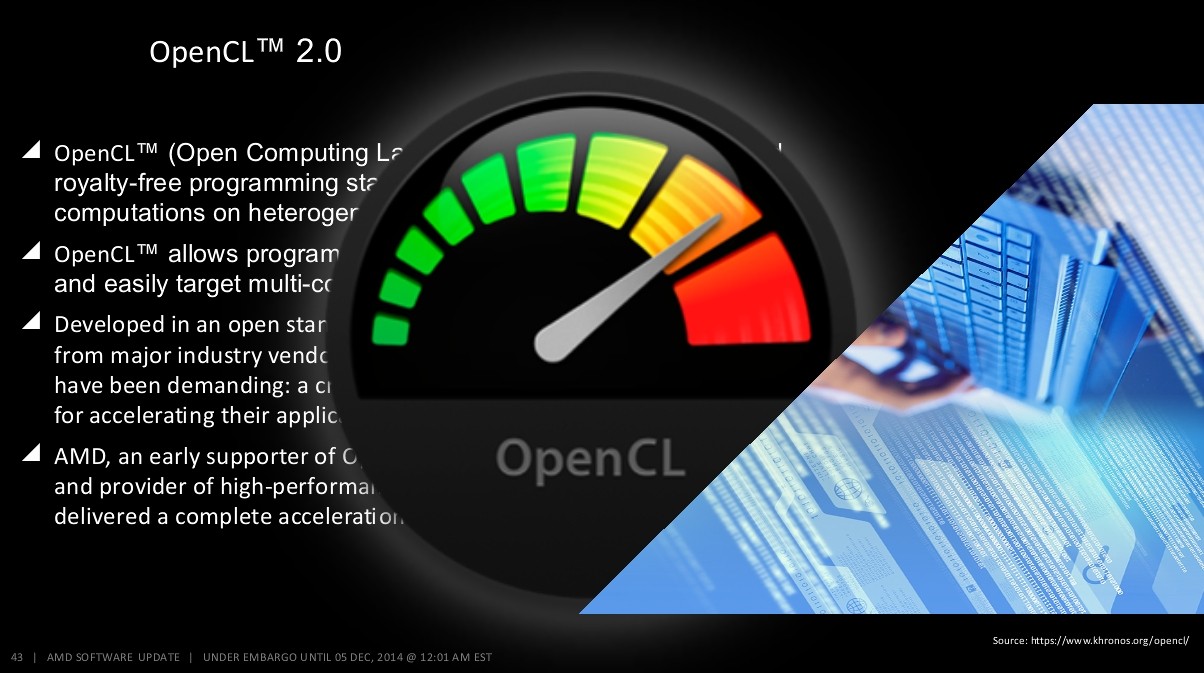
The experimental results on a large set of real‐world and synthetic workloads show that the RALB‐HC reduces execution time by 31.61%, increased resource utilization ratio by 67.8% and improved throughout 147.35% as compared to baseline scheduling schemes.Įmploying general-purpose graphics processing units (GPGPU) with the help of OpenCL has resulted in greatly reducing the execution time of data-parallel applications by taking advantage of the massive available parallelism. The RALB‐HC framework comprises of two phases: (1) job mapping based on the availability of the resources and (2) the resource‐aware load balancing to achieve the higher resource utilization ratio. The RALB‐HC uses supervised machine learning approach to classify applications using the static code‐features. In this research, a novel Resource‐Aware Load Balancer for the Heterogeneous Cluster (RALB‐HC) is proposed that distributes workload based on resources computing capabilities and applications computing needs. This load imbalance problem results in higher energy consumption and increased execution time. In this scenario, the scheduling schemes overload the powerful resources while making all other compute resources remain under utilized. If one resource of the cluster is more compute capable, then most of the scheduling schemes favor that powerful device.

However, this default mapping process does not produce improved results, particularly on the heterogeneous clusters. In the heterogeneous computing environment, programmers map the applications either on CPUs or GPUs. The results revealed that the proposed E-OSched has performed significantly well than the state-of-the-art scheduling heuristics by obtaining up to 8.09% improved execution time and up to 7.07% better throughput. The mathematical model of the proposed algorithms is evaluated by comparison of simulation results with different state-of-the-art scheduling heuristics. The E-OSched reduces the magnitude of the main memory contention during concurrent job execution phase. The load-balanced execution is beneficiary in terms of lower execution time, higher throughput, and improved utilization. The load balancing is achieved via contemplation on computational requirements of jobs and computing potential of a device. The OSched performs the resource-aware assignment of jobs to both CPUs and GPUs while ensuring a balanced load. An enhancement to the OSched named E-OSched is also part of this study. This paper is an attempt to evade the aforementioned deficiencies via initiating a novel scheduling strategy named OSched. Moreover, multiple scheduled applications on a heterogeneous system further aggravate the problem of performance inefficiency. This underutilization of slower devices (such as CPU) often originates the sub-optimal performance of data-parallel applications in terms of load balance, execution time, and throughput. The conventional application scheduling mechanisms allocate most of the applications to GPUs while leaving CPU device underutilized. OpenCL is deemed as one of the industry standards to program heterogeneous machines. These heterogeneous devices are based on CPUs and GPUs. The contemporary multicore era has adhered to the heterogeneous computing devices as one of the proficient platforms to execute compute-intensive applications. According to our simulations, the proposed estimated-execution-time scheduling can improve the utilization of the CPU and the GPU compared to existing scheduling schemes, resulting in reduced execution time and enhanced energy efficiency of heterogeneous computing systems.

The proposed scheduling scheme enables the selection between the CPU and the GPU to minimize the completion time, resulting in a better system performance, even though it requires the training period to collect the execution history. This paper proposes a dynamic scheduling scheme for the selection of the device between the CPU and the GPU to execute the application based on the estimated-execution-time information. In the heterogeneous computing systems, the efficiency of the scheduling scheme, which selects the device to execute the application between the CPU and the GPU, is one of the most critical factors in determining the performance.

In general, a GPU (Graphics Processing Unit) can provide more parallelism than a CPU (Central Processing Unit), resulting in the wide usage of heterogeneous computing systems that utilize both the CPU and the GPU together. Computing systems should be designed to exploit parallelism in order to improve performance.


 0 kommentar(er)
0 kommentar(er)
